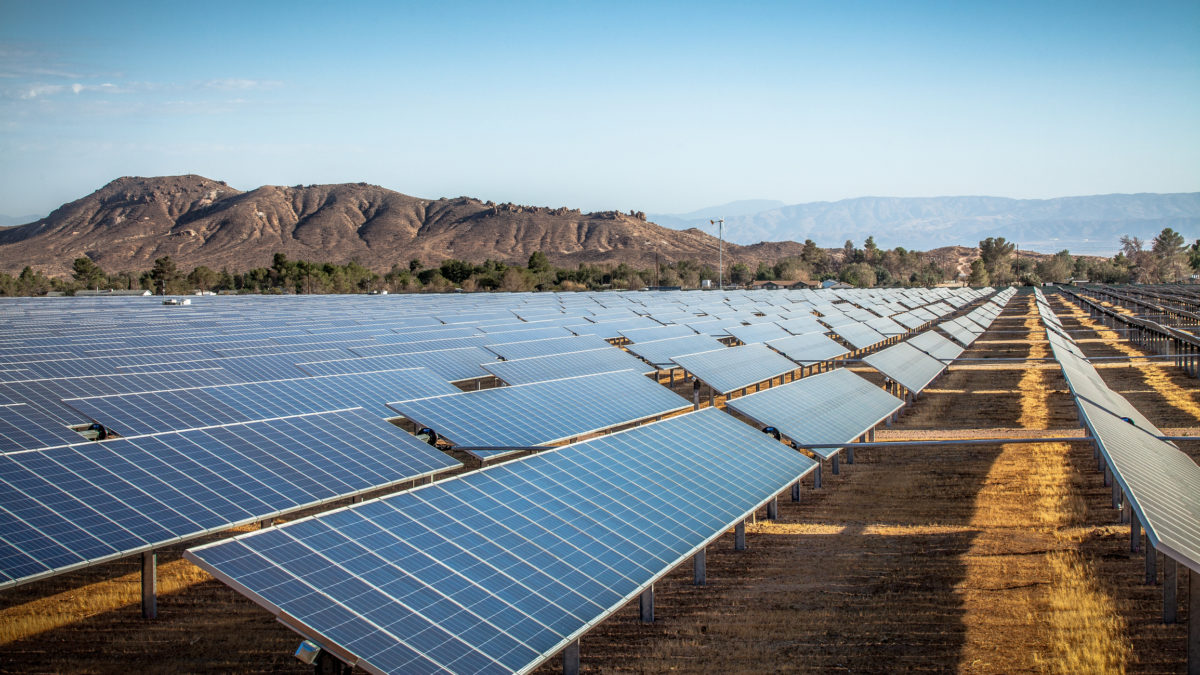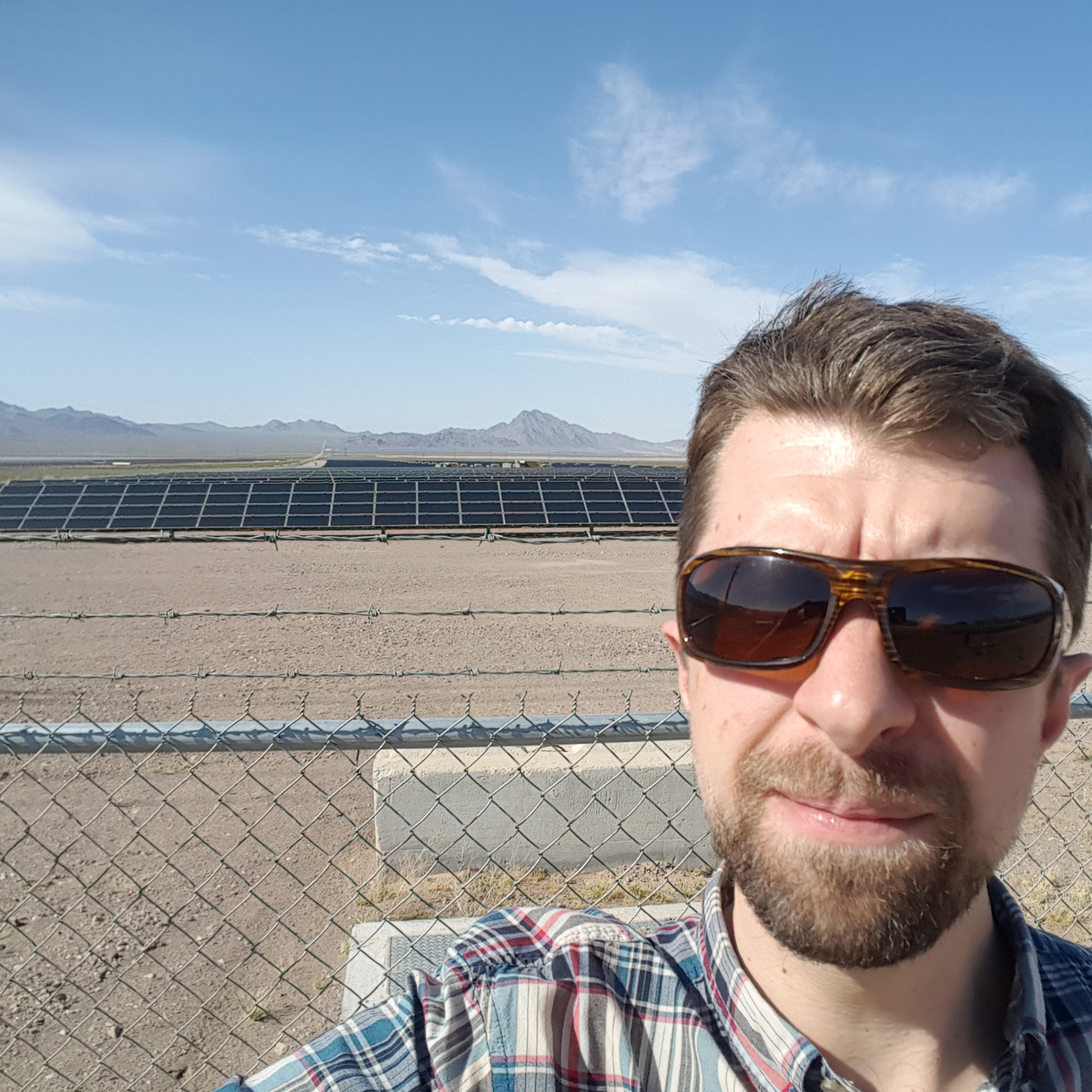Grid demand charges typically represent 30% to 70% of a commercial and industrial operation’s electric bill. Prolonged hot summer months in Texas from June through September create a lot of demand on the Electric Reliability Council of Texas (ERCOT) grid, pushing prices higher. On-site solar represents an opportunity for savings from these high demand charges, and Industrial Solar seeks to meet that opportunity.
“Our utility-scale solar projects help our ERCOT customers save millions of dollars at the facility level without any capital expense required,” said Wade Gungoll, chief executive officer of Industrial Sun.
Industrial Solar’s net-metered solar solutions involve deploying grid-scale solar projects near industrial facilities. The industrial firm will sign a power purchase agreement rather than owning the project outright, avoiding additional capex costs. As behind-the-meter projects, the net-metered industrial solar projects can significantly reduce the 4CP demand charges across Texas industrial operations.
For years C&I businesses across Texas have been charged a monthly coincidental peak fee, called a 4CP charge, based on how much electricity the business consumed during a previous year peak period when demand on the grid was highest. 4CP stands for the average Coincident Peak demand reading set by a C&I facility’s electric load in each four month seasonal interval.
According to a nascent C&I solar developer, a new solution that goes a step further than on-site solar provides net-metered industrial solar from utility-scale projects that can virtually eliminate 4CP demand charges altogether.
This week, EIG Partners and Modern Energy announced an investment totaling $90 million in Modern Energy business Industrial Sun, an industrial solar developer working across Texas. EIG previously committed $100 million to Modern Energy in mid-2020 for a debt facility for the company’s portfolio of other clean energy transition businesses.
“Industrial Sun was a brand new company 15 months ago and now it is capitalized to execute on gigawatts of pipeline opportunities that will further the energy transition,” said Chris Hamilton, chief investment officer at Modern Energy.
Founded in 2021, Industrial Sun’s team has deployed more than 6 GW of cumulative solar projects to date, with Gungoll and Rich Clark, vice president of development, previously working at Savion, 7X Energy (Lightsource bp), SunPower, AP Solar and NRG Energy.
4CP Demand Charges
According to an Industrial Solar white paper blog series, 4CP demand charges can be broken down into three steps for a basic evaluation:
- Under ERCOT’s 4CP program, four 15-minute intervals during the summer months determine a year’s worth of assessed demand charges for industrial facilities, according to a company white paper. Looking across 15 years of Industrial Solar data, more than 97% of 4CP time windows have fallen within a 1.5 hour block between 3:30 p.m. and 5:00 p.m., which occurs during the daily power curve where Texas solar generation achieves between 75% and 85% capacity factor utilization. This makes larger on-site industrial solar facilities more effective in tackling increased demand charges.
- Next, transmission costs are assigned to the state’s various transmission & distribution utilities, American Electric Power, Oncor, Centerpoint, and Texas-New Mexico Power (TNMP), based on their share of the total ERCOT peak load. The utilities recoup their respective transmission cost obligations through wires charges.
- The final step in translating utility transmission costs into 4CP demand charges for industrial customers is calculating facilities’ peak demand during the four seasonal 4CP windows. The resulting 4CP charges are distributed across a 12-month period as part of an industrial facility’s utility bill for the subsequent year.
In one 4CP example, a Centerpoint Energy customer paid $56.51 per 4CP kilowatt, which equals $56,510 per MWh during the 4CP time samples. For a 50 MW industrial load application, that becomes $2.83 million in power usage for a single hour of an industrial application, according to the company.
No state has more solar capacity on the way than Texas in the coming years. The Energy Information Administration (EIA) projects as much as 36 GW of solar capacity will be added in the next five years, adding on to the 16 GW installed thus far and leapfrogging the Lone Star State over California in terms of installed capacity.
To date, Texas has enough solar capacity to power the equivalent of nearly 2 million homes. Over 10,000 Texans are employed by the solar industry, and the Solar Energy Industries Association (SEIA) reports that over $19 billion has been invested in the technology there through Q3 2022.
This content is protected by copyright and may not be reused. If you want to cooperate with us and would like to reuse some of our content, please contact: editors@pv-magazine.com.









By submitting this form you agree to pv magazine using your data for the purposes of publishing your comment.
Your personal data will only be disclosed or otherwise transmitted to third parties for the purposes of spam filtering or if this is necessary for technical maintenance of the website. Any other transfer to third parties will not take place unless this is justified on the basis of applicable data protection regulations or if pv magazine is legally obliged to do so.
You may revoke this consent at any time with effect for the future, in which case your personal data will be deleted immediately. Otherwise, your data will be deleted if pv magazine has processed your request or the purpose of data storage is fulfilled.
Further information on data privacy can be found in our Data Protection Policy.